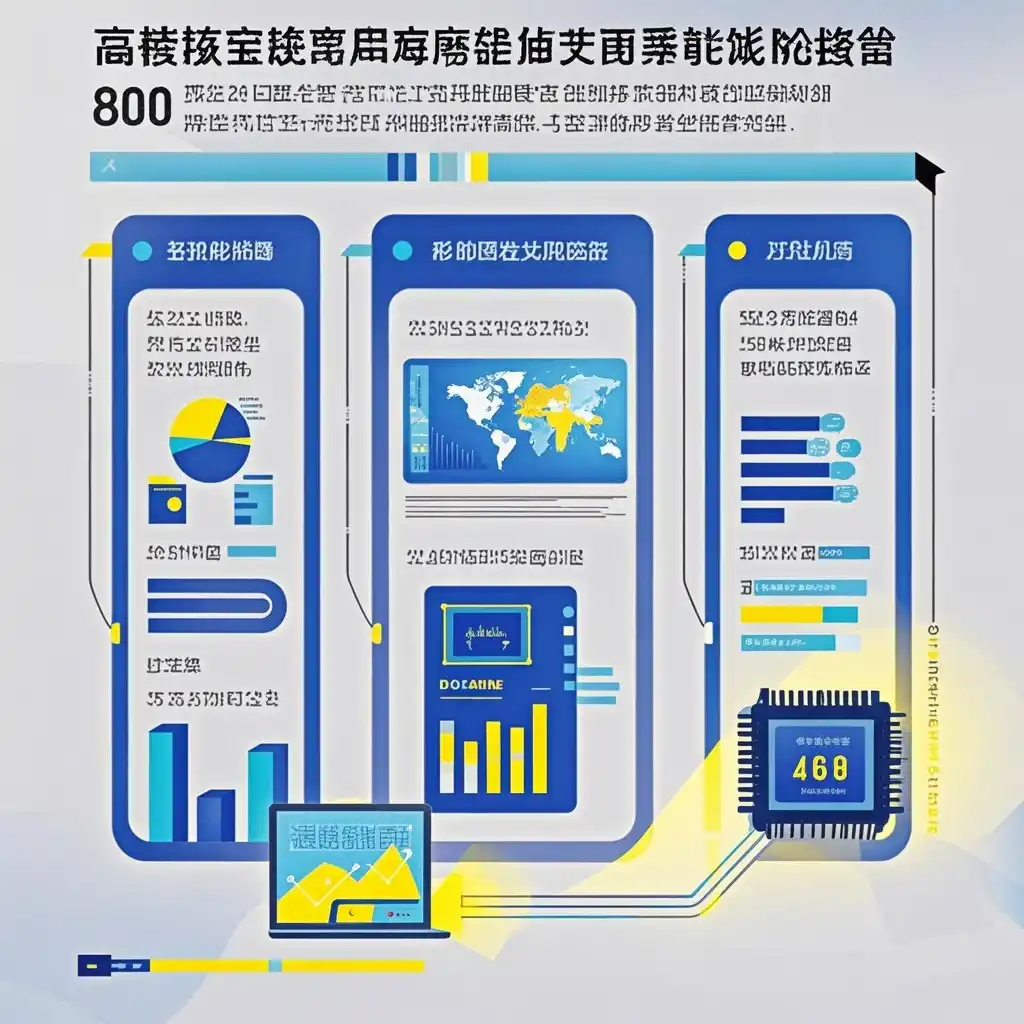

1. Background
In the era of globalization, high - tech cross - border e - commerce has been booming. However, the imposition of tariffs on high - tech products such as semiconductors has significantly restricted market access. For example, in recent years, certain countries have increased tariffs on imported semiconductors by up to 25%. This has a profound impact on the high - tech cross - border e - commerce industry. Semiconductors are crucial components in various high - tech products like smartphones, computers, and IoT devices. With the increase in tariffs, the cost of these products in the cross - border e - commerce market has inevitably risen.
2. Impact of Tariffs on High - tech Cross - border E - commerce
2.1 Price Increase Tariffs directly lead to an increase in the cost of high - tech products. Taking a popular smartphone model as an example, if the original price of the phone is $500, and the tariff on its key semiconductor components is 20%, the cost of these components will increase by $100. To maintain profitability, manufacturers or e - commerce platforms may have to raise the selling price of the phone to $600. This price increase makes high - tech products less competitive in the cross - border e - commerce market. Consumers are more likely to turn to cheaper alternatives or postpone their purchases.
2.2 Supply Chain Disruptions Tariffs also disrupt the global high - tech supply chain. Many high - tech companies rely on a global network of suppliers to source components. When tariffs are imposed, companies may need to re - evaluate their supply chain strategies. For instance, some companies may be forced to find alternative suppliers in domestic markets or in countries with lower tariffs. However, this process is often time - consuming and costly. In the semiconductor industry, a change in the supply chain can lead to delays in production, as new suppliers need to be qualified and integrated into the production process. This can result in shortages of high - tech products in the cross - border e - commerce market.
2.3 Market Share Shrinkage As a result of price increases and supply chain disruptions, high - tech cross - border e - commerce companies may experience a shrinkage in their market share. According to a recent market research report, in the past year, some high - tech e - commerce companies saw their market share decline by as much as 15% due to tariff - related issues. Competitors from countries with lower tariffs or domestic players may take advantage of this situation and gain a larger share of the market.
3. Localization Strategies
3.1 Local Production One effective strategy is to establish local production facilities. By producing high - tech products locally, companies can avoid or reduce the impact of tariffs. For example, some semiconductor companies have started to build factories in major consumer markets. This not only reduces the cost associated with tariffs but also shortens the supply chain, enabling faster delivery of products. In addition, local production can also take advantage of local government incentives and support policies.
3.2 Strategic Partnerships High - tech cross - border e - commerce companies can form strategic partnerships with local companies. For instance, an e - commerce platform can partner with local logistics providers, manufacturers, and service providers. Through these partnerships, companies can better understand the local market, share resources, and jointly develop localization strategies. This can help in reducing costs, improving product quality, and enhancing market competitiveness.
3.3 Product Adaptation Adapting products to local market needs is also crucial. Different markets may have different requirements for high - tech products. For example, in some emerging markets, consumers may prefer more affordable and durable high - tech products. Companies can develop customized products for these markets, such as smartphones with longer battery life and lower price points. This can help to increase market acceptance and competitiveness in the face of tariff challenges.
4. Summary
Tariffs on high - tech products have a significant impact on cross - border e - commerce, including price increases, supply chain disruptions, and market share shrinkage. However, through effective localization strategies such as local production, strategic partnerships, and product adaptation, high - tech cross - border e - commerce companies can mitigate these impacts and enhance their competitiveness in the global market. It is essential for companies to closely monitor tariff policies and continuously adjust their strategies to adapt to the changing market environment.